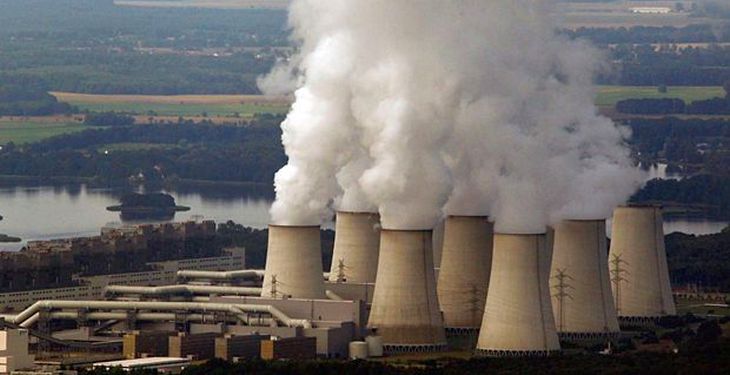Germany’s plans to pay companies to shift power capacity to a coal-fired reserve from 2017 may well breach EU rules, legal experts at the German parliament have found, a document seen by Reuters, according to Euractiv.com.
The plans, announced last month instead of introducing a levy on coal plants, are part of measures aimed at helping Germany meet its 2020 climate targets.
Coal is still the backbone of power generation in Europe’s biggest economy, which is moving away from nuclear and fossil power to renewable energy. It uses hard coal for 18 percent of electricity generation, mostly imported by lobby group VDKi’s 73 member firms, while a quarter comes from domestic brown coal. Two thirds of coal imports go to power utilities, just under a third to the steel sector and the remainder to heating providers.
The legal experts, who provide independent views on policies and other issues, concluded that the plans to shift about 2.7 gigawatts of power generation capacity into a reserve could be seen as a subsidy that would need approval from Brussels, according to the document.
It could be difficult to justify the plans to the European Commission because the government has not said that such a reserve is needed, said the report.
In theory, the idea of the reserve is to tap it in the event of power shortages arising from Germany’s switch to renewable energy – a more unpredictable source of power than conventional sources like coal. However, it is not really intended to be activated, but is widely seen as a way to reduce emissions by shuttering brown coal plants.
Companies, including RWE, would receive money for making the capacity available.
The economy ministry, currently drawing up a draft law, indicated it was not worried about any future examination by Brussels.
“This is a normal process which we have successfully gone through in the past several times,” said a spokeswoman.
The government originally proposed putting a levy on CO2 emitted by the oldest and most-polluting power stations above a certain threshold to help reach a target of cutting CO2 emissions from the coal sector by a further 22 million tonnes by 2020.
